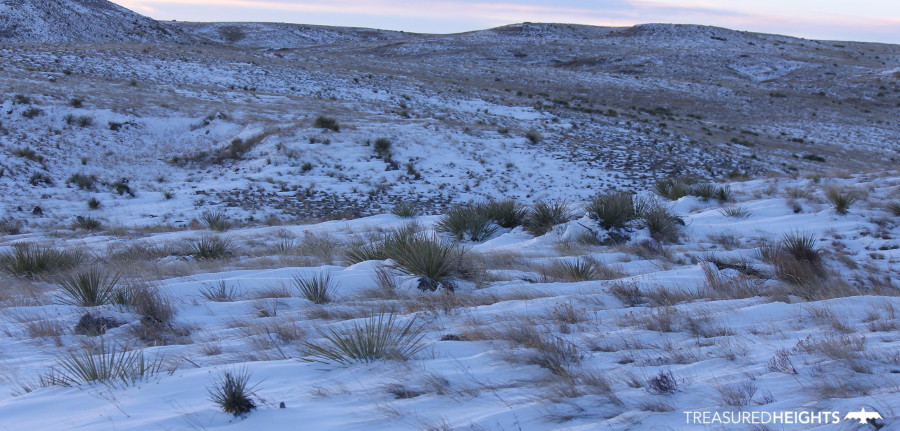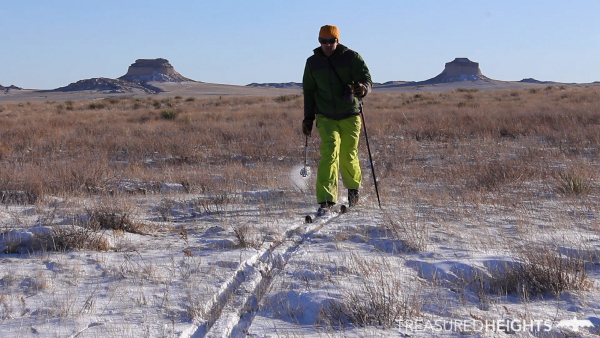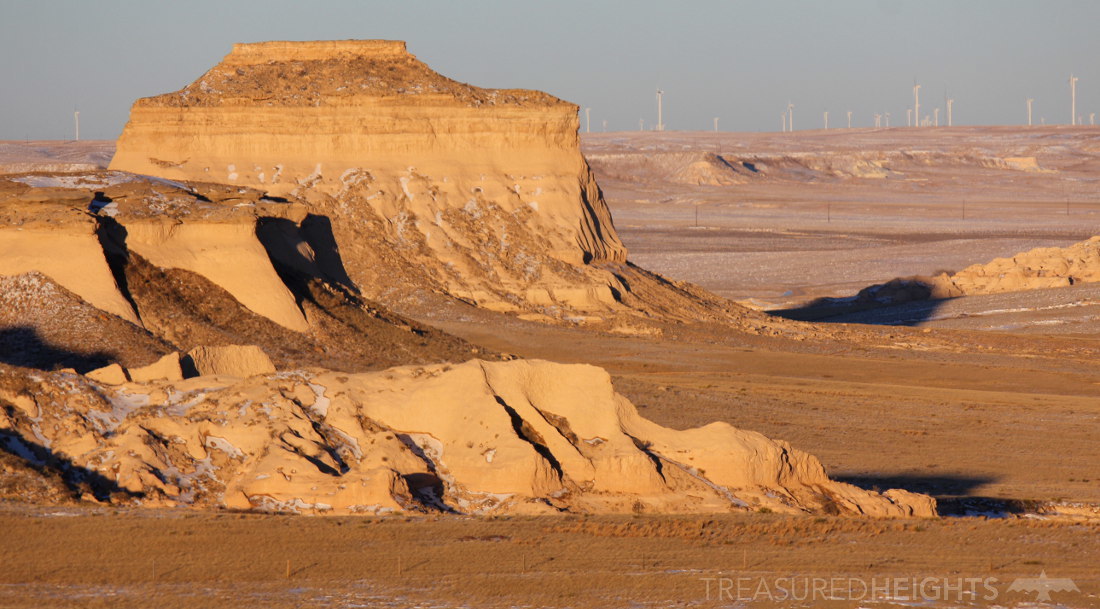“Why do you love the plains?” I asked, I was fascinated as to how two art teacher friends of mine who love mountain landscapes could find beauty in a place with topographic uniformity. “Big sky”, the changing clouds, and solitude were some of the things they mentioned.
Over the next few weeks I began to realize what they meant. Now, twenty years later I find myself driving away from the mountains in order to cross country ski where the sky meets the earth. I’m headed to the Pawnee National Grassland.
Not far from the booming Front Range cities of Colorado you’ll find some empty spots on the map to the Northeast. About 193,060 acres of federal land comprise a chunk of hilly high plains surrounded by a sea of plowed agrilands. While farmers used the Pawnee National Grassland for agriculture before the Dust Bowl, the federal government reclaimed the lands after farmers abandoned their land. Officials were tasked with how to restore the barren landscape.
They planted hardy crested wheatgrass to hold the soil down and dug wells for livestock. Because of their work today many of the native grasses are coming back. The place is a sample of how the rest of the plains used to look before mechanized farming.

The grasslands feel wild yet are still used. From missile launch facilities to windmills and from oil wells to livestock these lands are leased through the U.S. Forest Service. As recreationalists we seek the parcels that still have some wild character. Different sections are used for hiking, mountain biking, off-road vehicles and in my case: skiing.
Eighteen inches of new dry powder snow sat in parts of Roosevelt National Forest, so it seems odd to pick this day to ski in the plains. My friend and I are on the way to ski Nebraska’s highest point and explore the Pawnee area, we need a day like this with a few inches of new snow to create just enough cover to glide on skis.

Nebraska’s high point is called “Panorama Point” and sits off the edge of Pawnee National Grassland just over the Colorado border. They raise bison at the highpoint which is a real treat to see with a genuine plains backdrop. You can just begin to imagine the Arikara or Arapaho on the great buffalo hunts in this landscape.
We go south to the Pawnee Buttes area. These two distinct domes form the most unique feature in the grasslands and are the focal point for low-impact recreation. We climb the road to a high ridge so prominent that Longs Peak is distinctly visible below the setting sun. It is an awesome feeling being so far away from the nearby string of cities and the heavy rush hour traffic.

Winds roared over the ridges pushing snow into small drifts and gullies, some good for ski turns. Snow devils twirled below while wind turbines spun above. The setting sun cast warm light, illuminating the golden grasses. We’d skied a loop north of the buttes earlier with acceptable snow, but this area around the Pawnee Buttes trailhead was already too wind scoured.
I could have used another few hours to explore the tawny hills and drainages, but having bagged another state highpoint and felt the complete solitude of the grasslands I think it was an awesome day. I recommend taking a break from the mountains and crowded trail heads to experience the “big sky”.
ABOUT THE AUTHOR
Mike Whelan has been backcountry skiing the highest points of 24 states for the Skiing States series. Other articles are available at www.TreasuredHeights.com and photos of the highpoints journey on Instagram at @ski_treasuredheights.

